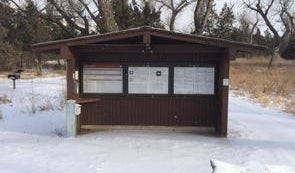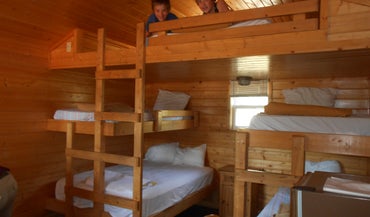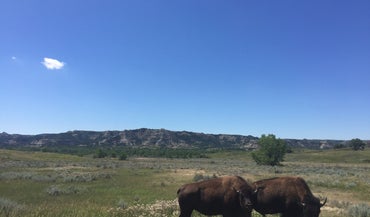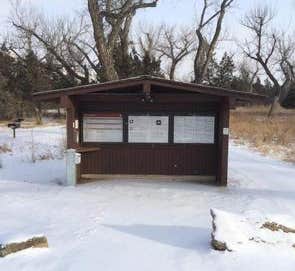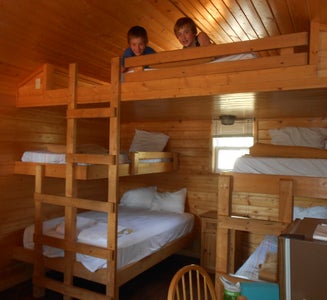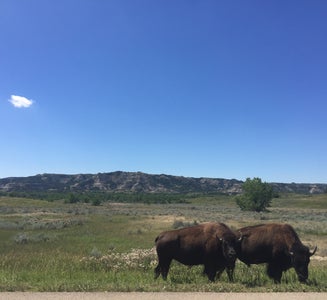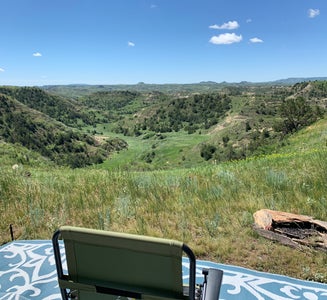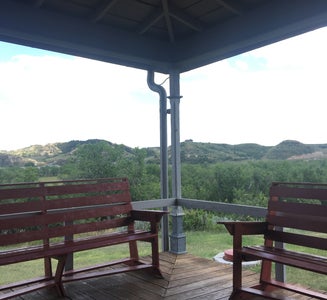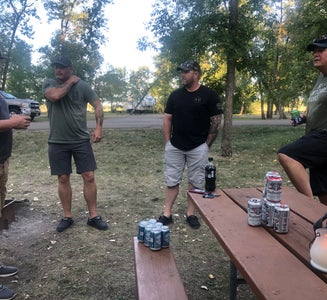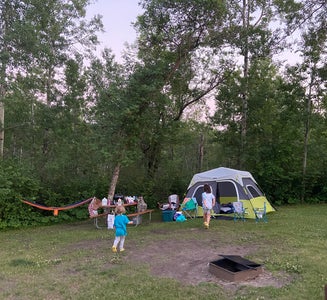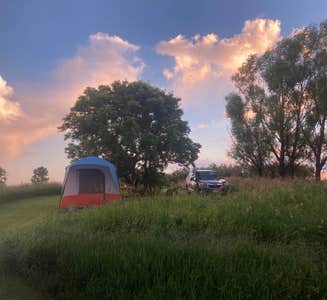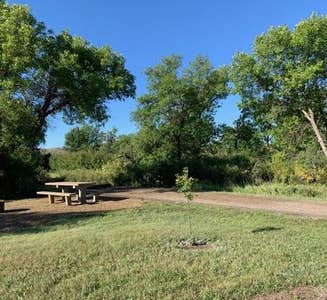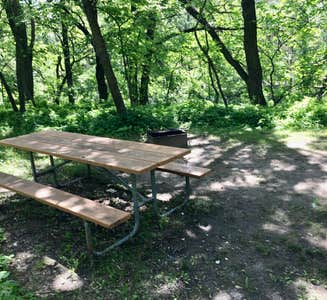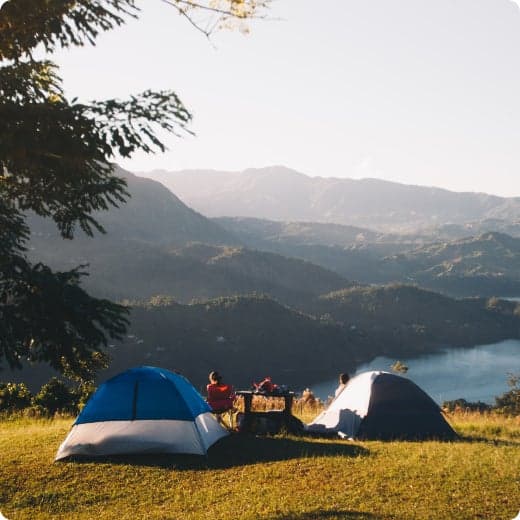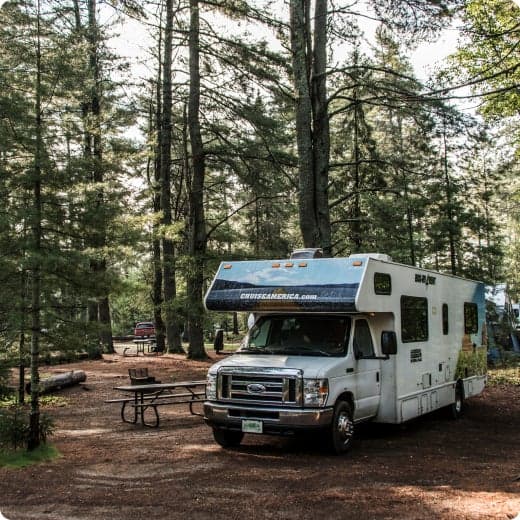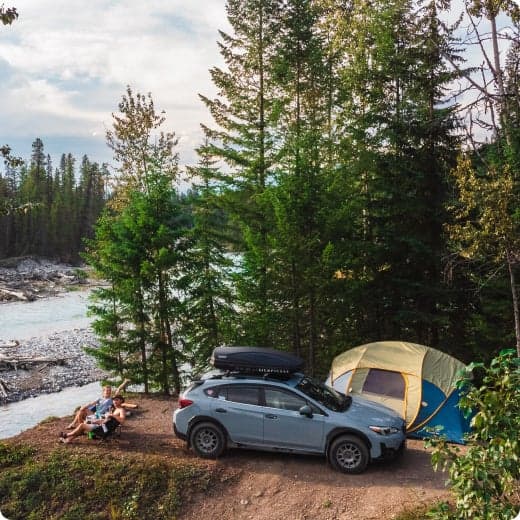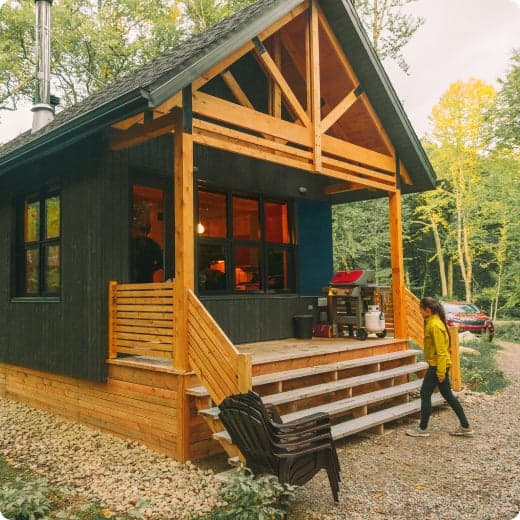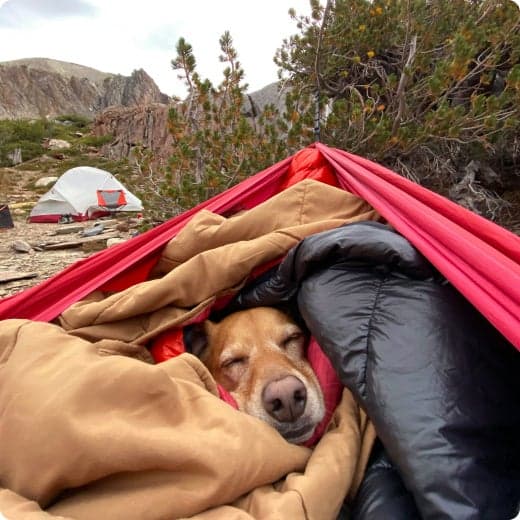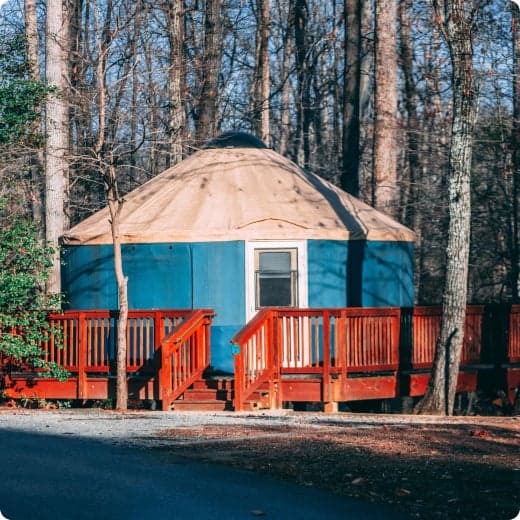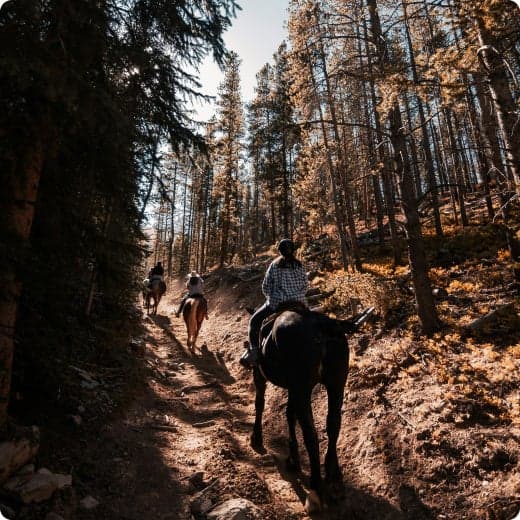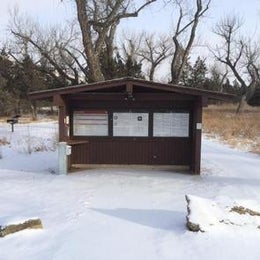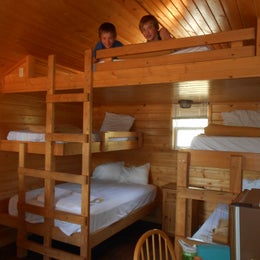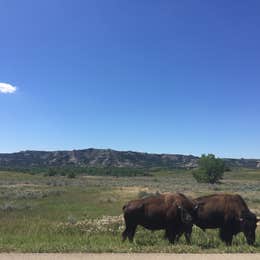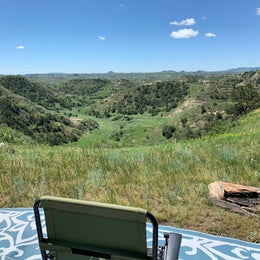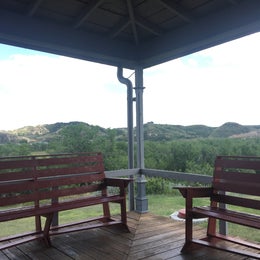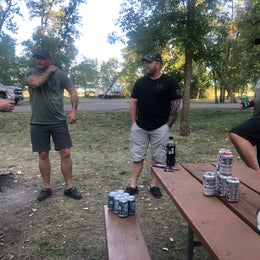Places to Camp in North Dakota
With its many beautiful lakes and miles of open land, if camping in North Dakota isn’t on your summer bucket list, it should be.
Devil’s Lake is the largest natural body of water in North Dakota, and the expansive, picturesque lake boasts some of the best fishing in the state. Here you can find plenty of fun in the likes of boating and golfing. Devil’s Lake has several options for camping in North Dakota, while Grahams Island State Park offers the unique opportunity to camp on an island in the middle of the lake. Located in the northern part of the state, between Minot and Grand Forks, Devil’s Lake is a favorite destination for locals and visitors alike.
Another great option for camping in North Dakota is along the banks of Lake Sakakawea, a large man-made reservoir that was completed by the U.S. Army Corps of Engineers in 1956. Lake Sakakawea is part of the Missouri River basin that stretches on for nearly 180 miles. Sakakawea is known for its fishing, and is home to an Audubon National Wildlife Refuge center, and an 8-mile long wildlife trail. Sakakawea has multiple campground options, including the highly rated Lake Sakakawea State Park.
If you’re looking to get off the water and participate in a North Dakota summer tradition, Medora is a classic roadtrip stop. Every year from June to September, the town of Medora puts on a professionally produced nightly musical dedicated to President Theodore Roosevelt and his time in the Badlands. Even if musicals aren’t your thing, there is still plenty to do in Medora, including golfing, biking, and hiking at Theodore Roosevelt National Park, the only national park in the state. Medora campgrounds provide modern RV camping options, and more primitive tent sites all along the Little Missouri River.
Whether you’re just visiting, or looking for adventure in your own backyard, The Dyrt is your number one source for the best camping in North Dakota.

